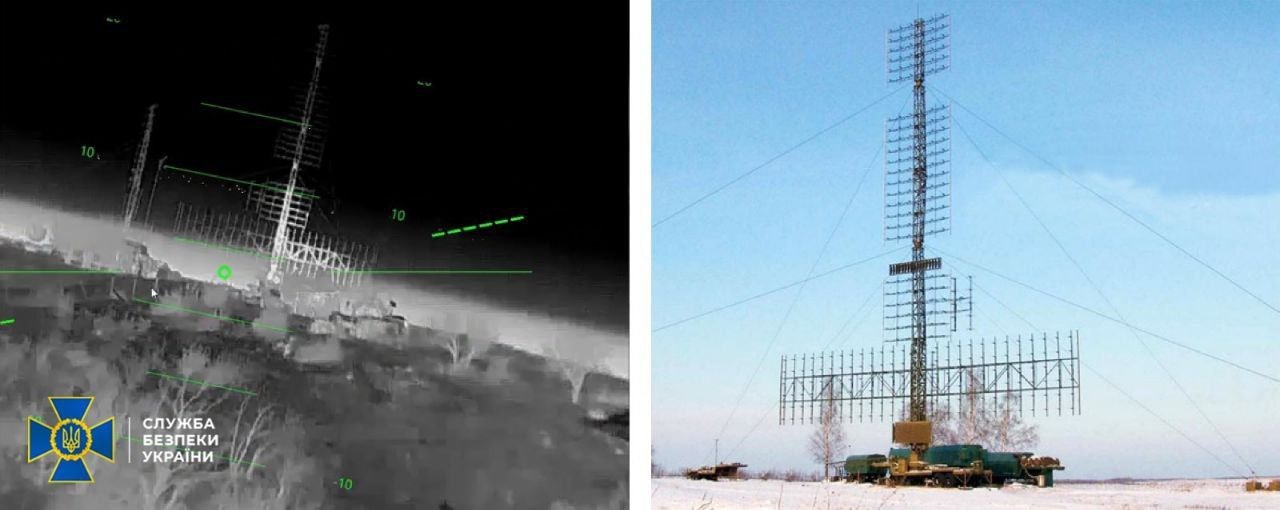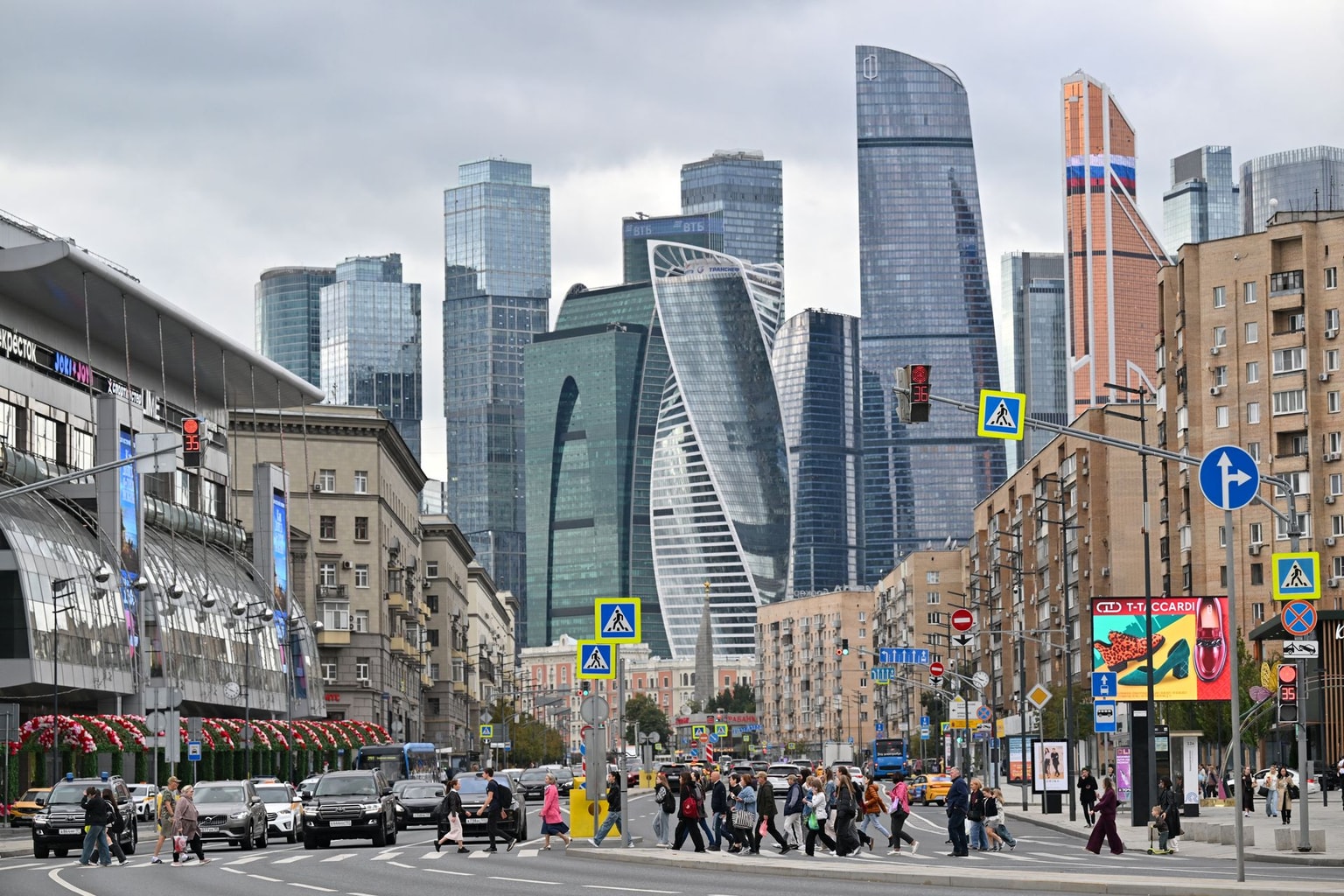NATO: Ukrainian drones responsible for more than 65% of destroyed Russian tanks

More than two-thirds of the Russian tanks that Ukraine’s military has destroyed in recent months have been taken out using first-person-view (FPV) drones, a NATO official told Foreign Policy, possibly indicating an increased reliance on unmanned aircraft amidst Ukraine's critical ammunition shortages.
FPV drones are cheap to manufacture and can be precisely flown into targets. They have the capability of destroying much more expensive military equipment.
According to Strategic Industries Minister Oleksandr Kamyshin, Ukraine produced 50,000 FPV drones in December 2023, saying the country aimed to massively scale up its production of drones to tens of thousands per month.
Ukraine is also currently facing a dire ammunition crisis. Shortages due to delays in U.S. aid have substantially impacted the performance of Ukraine's armed forces, including territorial losses in Avdiivka.
According to Foreign Policy, scarce ammunition forced the Ukrainian military to depend on FPV drones to carry out anti-tank attacks. These drones can be operated with a controller, and their operators can watch the machines' "suicide" attacks on Russian vehicles through video feeds. Recordings from these feeds then become viral content on Ukrainian social media channels.
However, Ukraine's FPV attacks are not always effective. They are equipped with cheap cameras, making targeting difficult at night or in cloudy conditions. They often carry homemade ammunition that occasionally explodes mid-flight or fails to fire at all.
Rob Lee, a senior fellow in the Foreign Policy Research Institute’s Eurasia program, said the overall accuracy of FPV drones is less than 50 percent. Lee stated that only an experienced pilot, along with numerous successful strikes, would be able to achieve meaningful results in these types of tank attacks.
On the other hand, Russia is running low on armored vehicles, and losing a numerical advantage in this type of weaponry could make it difficult for Moscow to conduct offensive operations in the future.
Earlier this year, Estonia's Foreign Intelligence Service and the International Institute for Strategic Studies (IISS) published several reports stating that Russia had lost over 8,000 armored fighting vehicles, such as tanks and armored personnel carriers, in its full-scale invasion of Ukraine.
According to the General Staff of Ukraine's Armed Forces, Russia has lost over 22,000 armored fighting vehicles since February 2022.
Ukrainian troops are turning to several "increasingly desperate measures" to improvise operations against Russia amidst weapons and equipment shortages.
Among other things, Ukraine is also reportedly using a "network of microphones," similar to iPhone microphones, to track incoming targets. These networks can classify the type of munition being used in addition to its direction and expected trajectory.
With limited air defense, Ukraine's military has been able to rig heavy machines with sensors to shoot down Iranian Shahed drones. The NATO official, speaking on the condition of anonymity, said, "Ukraine’s hit rate against Shahed drones with simple machine guns and small caliber weapons is about 80 percent."











